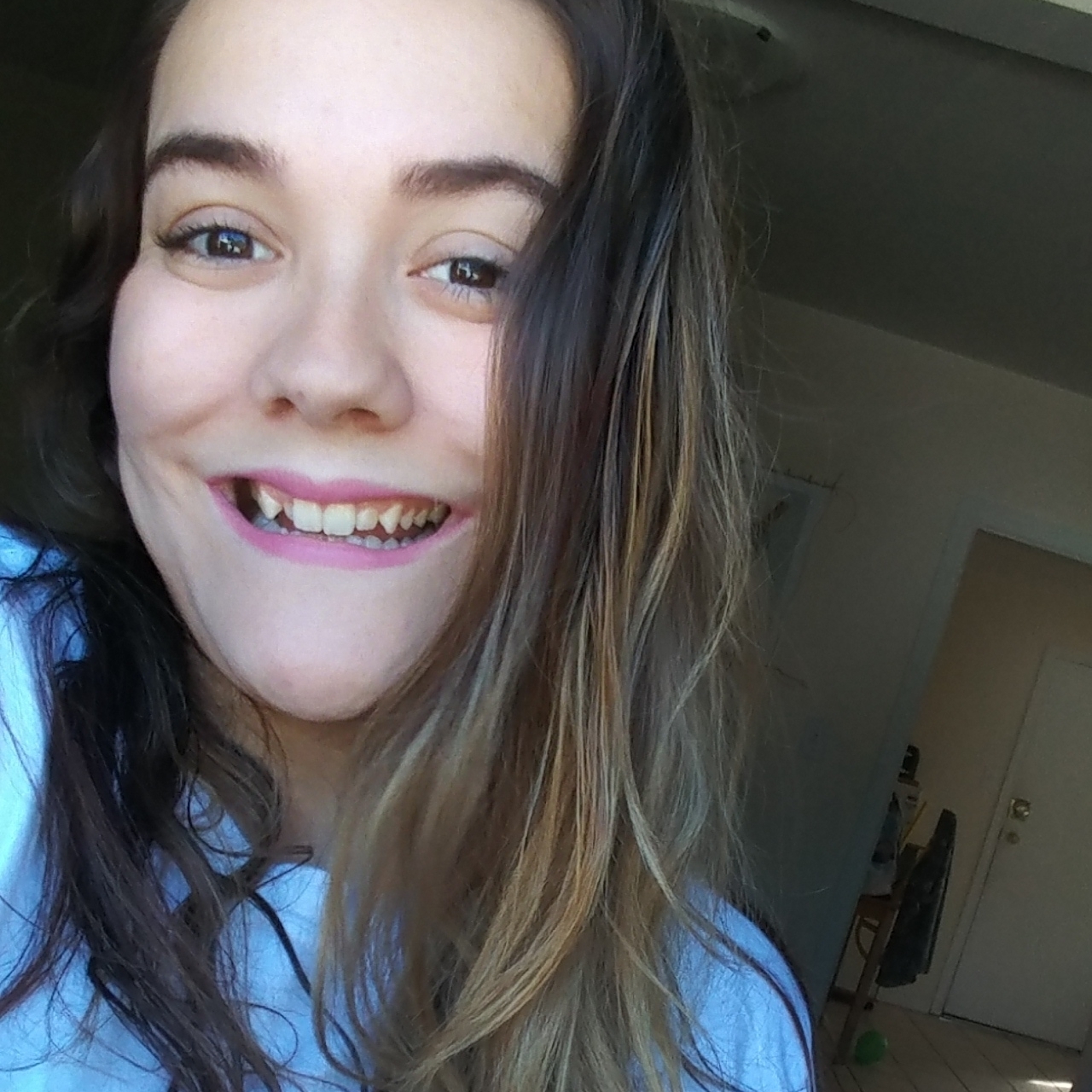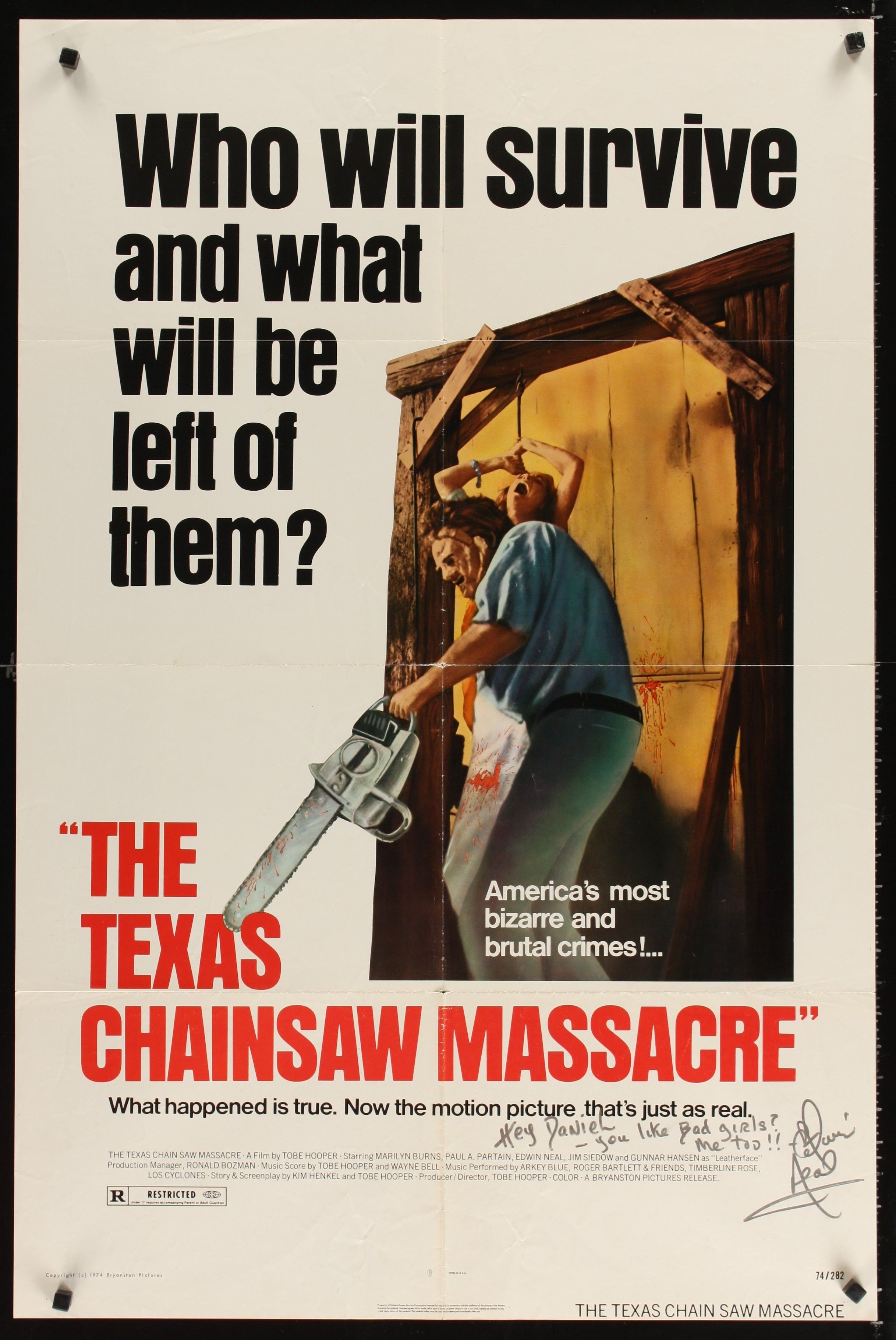The Hills Are Alive With The Sound of Horror
/Every ‘90s child remembers Ms. Frizzle as their favourite grade school teacher. True, she’s a cartoon character on the TV show Magic School Bus, but my original statement stands. Because of her, I know more about the human body, ecosystems, and outer space than I’d ever have thought possible. She even taught me all about music and sound in what is arguably the scariest episode of the series. Appropriately so. With the right combination of instruments, rhythm, and tempo, music can heighten horror beyond mere ghosts and goblins.
But before we get into the meat and ectoplasm of the discussion, let’s try an experiment. You’ll need a Blu-ray player and a copy of Psycho. It’s available on Amazon Prime so you’ll save money on shipping. I’ll wait the two days…
Got it? Wonderful. Pop it into your Blu-ray player, put the TV on mute, and fast-forward to the infamous shower scene. Is that a yawn I see? I suppose you’ve noticed the lack of tension without the wree-wree-wree of out-of-tune strings. Now try the same experiment but with Jaws. Make sure the TV is still on mute. It’s like something out of a nature documentary, isn’t it?
Just as Carlos discovered the right sound to compliment Dorothy-Anne’s concerto in that haunted Magic School Bus episode, composers Bernard Herrmann and John Williams found the appropriate sounds to transform a shower stabbing and a shark attack into two of the most iconic horror film scores to date. Heck, I still get paranoid every time I take a shower!
And these are just two examples.
Courtesy of Compass International Pictures
My personal favourite is the chilling score from John Carpenter’s 1978 Halloween. Early in his career as a director and composer, Carpenter sought inspiration from Herrmann, who was a master at creating unease through simple sounds. This influence makes up the backbone of the main theme from Halloween. The twinkling piano and booming organ gives life to an unsettling melody that itches the back of the brain long after the music has stopped.
With an incredibly low budget, Carpenter’s plan was to save the movie through his music. We could argue whether the film stands on other merits until Michael Myers comes home to slaughter us, but in the interest of saving lives, I think it’s safe to argue that Carpenter’s composition fosters a much more sinister tone.
Its main theme reminds audiences immediately of Michael Myers. I could be in Loblaws browsing the produce on a sunny day in the middle of July and I’d still burrow under a pile of grapefruit if it blasted over the loudspeakers. When done right, a movie’s score becomes synonymous with the evil prowling in the shadows.
If Halloween is the master, than Insidious is the apprentice—and, in my opinion, the best contemporary example. Its musical score is a journey of jarring notes, constantly building tension, all leading to a bombastic climax of harsh noise that, in any other context, would inspire many speaker-related destructive tantrums. But in a film designed to be uncomfortable for the viewer, incessant buzzing is the perfect sound to play throughout.
Music has the ability to enhance any movie sequence. Whether it’s a flutter of flutes in a romance or a trill of trumpets in a fantasy epic, it is a powerful tool used by many filmmakers. Horror is no exception. There’s a reason Ms. Frizzle took her students to a haunted house to learn about sound. But if I may contradict her just this once, it is best not to take chances. When it comes to horror, there are no mistakes. If you hear the menacing wree-wree-wree of a plunging knife… run!
Nathaniel Neil Whelan
Nathaniel has an M.A. from Carleton University and is currently enrolled in the Professional Writing program at Algonquin College. An up-and-coming author, he lives in Ottawa with his partner and pet cat Susie-Bear.














